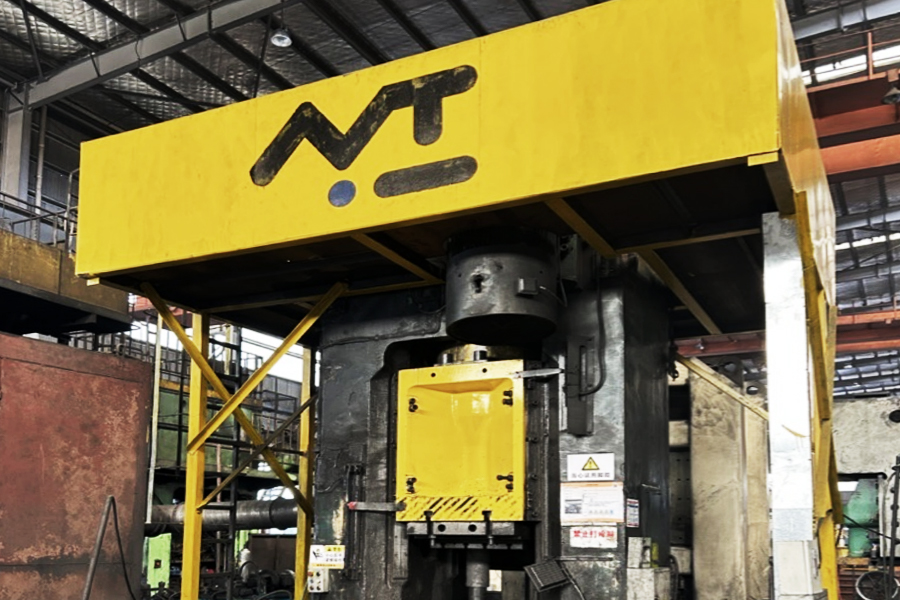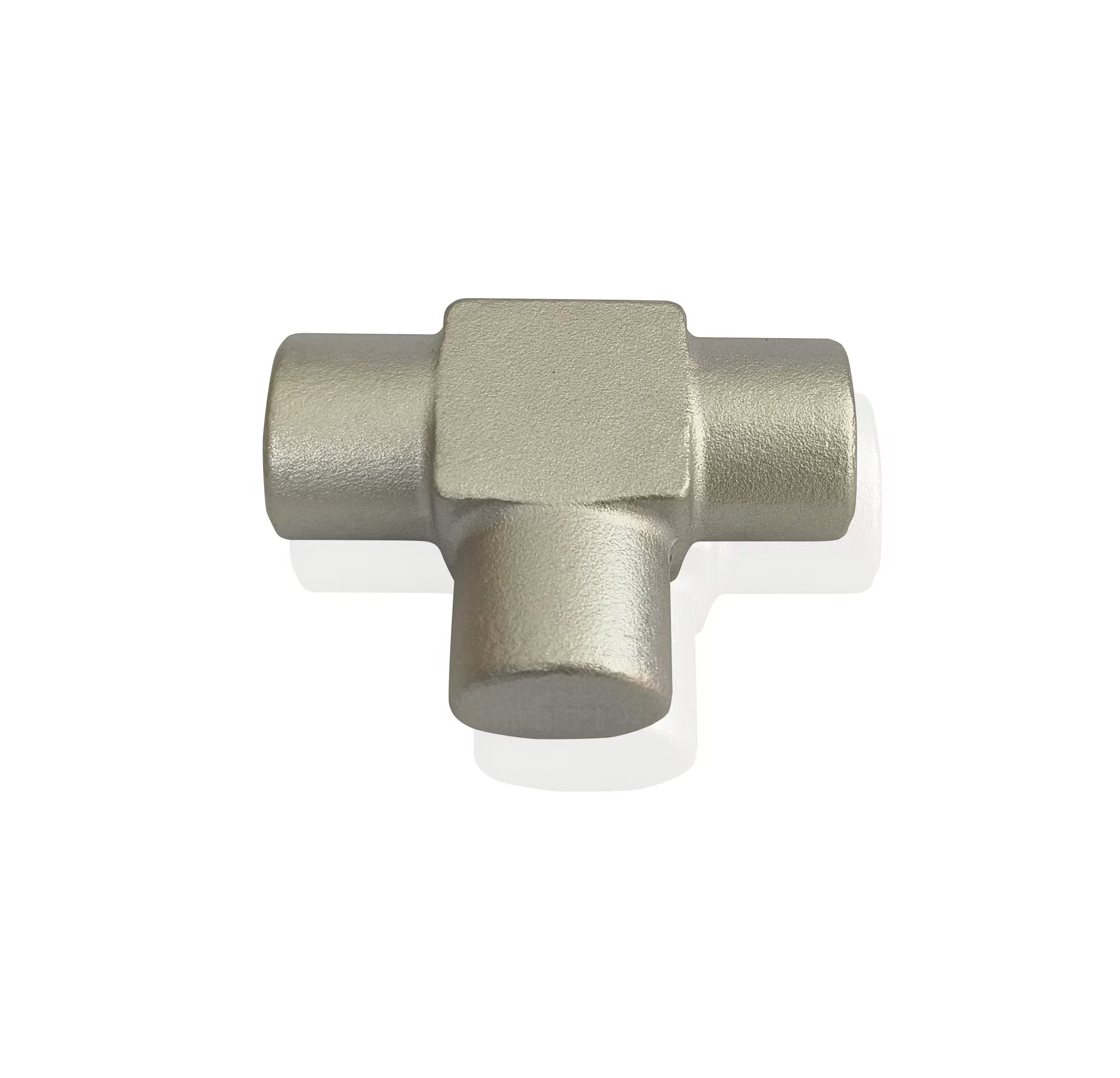How the Fifth Wheel Cushion Ring Reduces Noise During Operation
 2024.12.23
2024.12.23
 Industry news
Industry news
The fifth wheel cushion ring is a vital component in the heavy-duty truck and trailer assembly, often working quietly behind the scenes to ensure smooth, stable operation. While its primary role is to absorb shocks and vibrations, another often overlooked benefit of the cushion ring is its ability to reduce noise levels during operation. The sounds created by a truck-trailer connection can be a significant issue, especially for long-haul drivers who spend countless hours on the road. But how exactly does the cushion ring help to mitigate these noise levels, and what makes it so effective in this regard?
At its core, the cushion ring is designed to serve as a buffer between the fifth wheel plate and the kingpin, the part of the trailer that connects to the truck. When the vehicle accelerates, brakes, or encounters rough road conditions, impact forces are generated between the two components. These forces can cause not only physical stress but also noise—metal-on-metal contact and vibrations lead to the familiar clanking, rattling, and banging sounds that can be heard during operation. The cushion ring’s primary function is to absorb and dampen these forces, and in doing so, it also reduces the sounds produced by these impacts.
The key to the cushion ring’s noise-reducing capability lies in its material composition and design. Typically made from elastic materials such as rubber or synthetic polymers, the cushion ring is specifically engineered to compress and absorb shock, while also minimizing the transmission of sound. When the truck and trailer move, the cushion ring dampens the impact forces, preventing them from transferring directly to the metal components of the fifth wheel assembly. Without this cushioning effect, the vibrations from the vehicle’s movement would be directly transferred to the kingpin and plate, resulting in louder, more disruptive noises.

Furthermore, the thickness and density of the cushion ring play a crucial role in how effectively it absorbs sound. A thicker ring, for example, provides more material to absorb vibrations, which translates into better noise reduction. Similarly, the density of the material can affect the way it absorbs sound frequencies. A more dense material will absorb a wider range of frequencies, including those higher-pitched noises that can be particularly annoying to drivers. The result is a quieter, more comfortable driving experience, especially when traveling on rough roads or during high-speed maneuvers that generate more force and noise.
Another aspect that contributes to noise reduction is the cushion ring’s ability to limit friction. When the fifth wheel plate and kingpin come into contact without the cushion ring, friction between the metal components can create a high-pitched squealing sound. The cushion ring helps to reduce this friction by providing a softer interface, which not only cuts down on noise but also minimizes wear and tear on the components themselves. By keeping the connection between the tractor and trailer smoother, the cushion ring reduces the likelihood of metal components grinding against each other, leading to both quieter operation and longer-lasting parts.
For drivers, the reduction in noise levels can significantly improve the overall experience on the road. Excessive noise from the fifth wheel assembly can be distracting, tiring, and even stressful during long drives. With the cushion ring in place, the driver benefits from a more peaceful cabin environment, which can lead to less fatigue and improved concentration. Additionally, quieter operation contributes to the vehicle’s overall comfort, enhancing the driver’s ability to stay focused on the road and increasing safety.
The ability of the cushion ring to reduce noise also has broader implications for the trucking industry. Noise pollution from vehicles is an often-overlooked concern, especially in urban areas or residential zones where trucks regularly pass by. A quieter truck-trailer connection, thanks to the cushion ring, can help mitigate the environmental noise impact of freight transport. This can be particularly important for companies seeking to meet noise-reduction regulations or those aiming to enhance their corporate image by adopting quieter, more efficient vehicles.
The fifth wheel cushion ring is far more than just a shock-absorbing component; it is a key player in reducing noise levels during vehicle operation. By absorbing impact forces, limiting friction, and enhancing the overall smoothness of the connection between the truck and trailer, the cushion ring contributes to a quieter, more comfortable driving experience. Whether it’s for the benefit of the driver or for reducing the environmental impact of freight transportation, the cushion ring’s role in noise reduction is an essential part of modern trucking solutions.




















